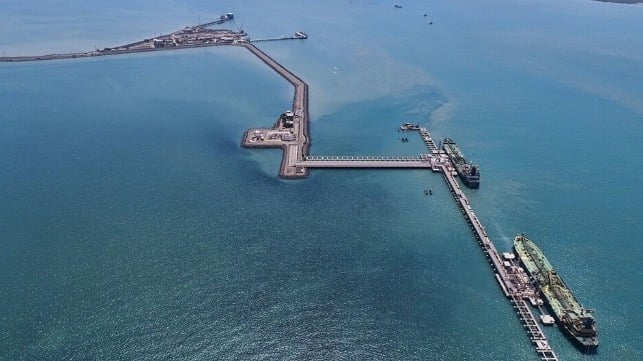Trump Doubles Tariffs on India Over Russian Oil Imports

Following through on its pledge to penalize India for buying Russian oil, the Trump administration has raised tariffs on Indian goods to 50 percent. The decision doubles the effective tariff rate on Indian exports, applying more pressure on New Delhi to negotiate trade terms with Washington.
Export manufacturers in India have already begun laying off staff in anticipation of reduced American demand for the country's big export categories, like diamonds, jewelry, clothing and farmed shrimp. The 50 percent tariff is exceptionally high compared with the 15 percent base levy for Japan, South Korea and the EU, or even the 20 percent rate negotiated by neighboring Bangladesh; it compares to the rate for India's major-power rival, China, which currently faces a 55 percent tariff.
The tariff hike puts Indian exporters in a bind, and Prime Minister Narendra Modi has responded with stimulus measures. He has promised to cut taxes to offset loss of income, and has doubled down on his message of "Make in India" self-reliance. "Economic selfishness is on the rise globally and we mustn't sit and cry about our difficulties - we must rise above and not allow others to hold us in their clutches," Modi said at an address in Delhi.
Modi has also scheduled an unusual trip to China, his first since 2018. India and China have faced off along their mountainous border region for years, and relations have been chilly since a major clash in 2020. But both face major trade challenges with Washington, and Modi - a key U.S. defense partner in the Indo-Pacific - has decided to fly to Beijing for a security summit attended by leaders from Pakistan, Iran, Russia and other nations. Chinese President Xi Jinping will preside over the gathering this weekend.
"Stable, predictable, constructive ties between India and China will contribute significantly to regional as well as global peace and prosperity," Modi said last week, emphasizing normalization.
China has undergone a tariff roller-coaster even more pronounced than India's, ranging from 20 percent in February to 125 percent in May, then back down to the current level of 55 percent. On Monday, President Donald Trump threatened to hike tariffs on Chinese imports up again to 200 percent if Beijing does not allow the resumption of shipments of rare-earth magnets, critically needed for U.S. defense applications. A tariff "truce" between the two sides is in effect until November, and China has dispatched top negotiator Li Chenggang to Washington this week to continue talks towards a permanent agreement, according to the Wall Street Journal.
